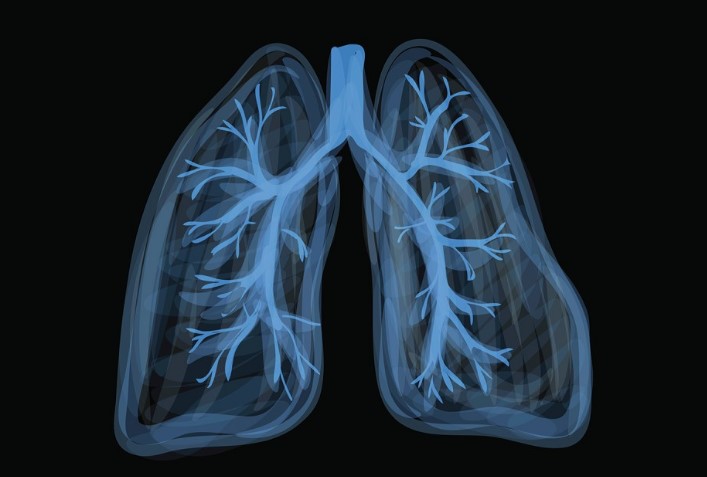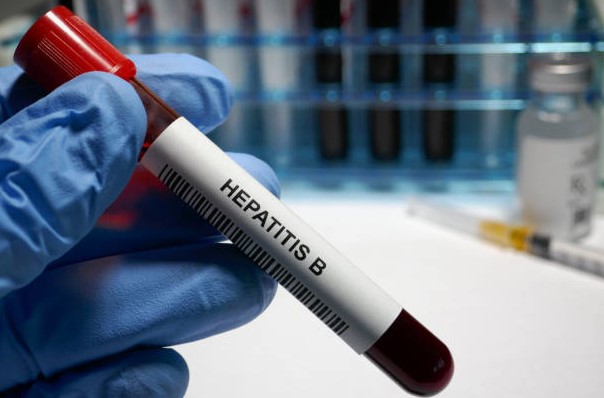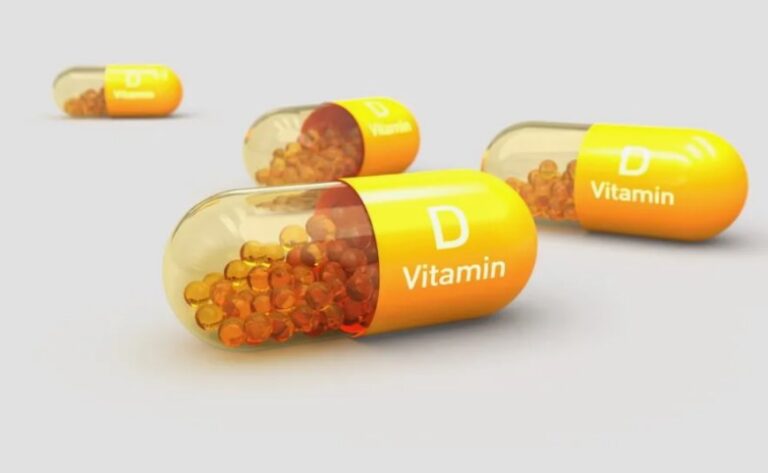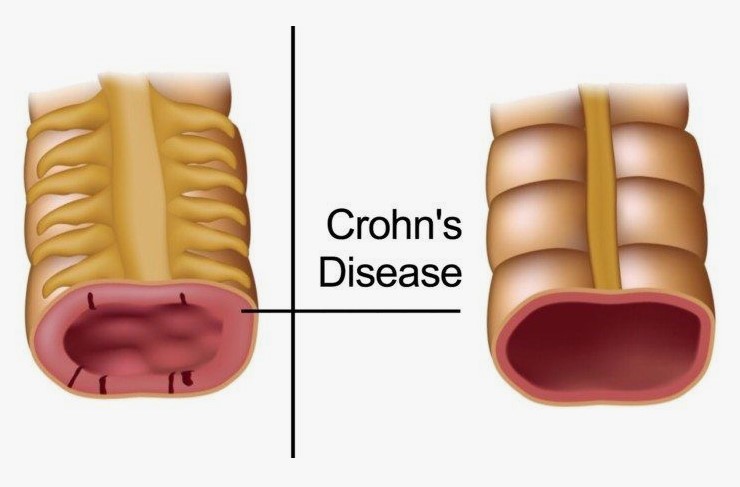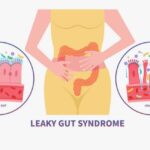Vaping Lung Damage|| Symptoms, causes, and dangers of EVALI (e-cigarette or vaping product use-associated lung injury), a growing epidemic linked to vaping. Learn how to recognize warning signs and protect your lung health.
Introduction
The rise of vaping as a “safer alternative” to traditional cigarettes has led to an alarming new public health crisis: e-cigarette or vaping product use-associated lung injury (EVALI). First identified in 2019, this condition has hospitalized thousands, with symptoms ranging from severe respiratory distress to life-threatening lung failure.
Despite growing evidence, many doctors still misdiagnose EVALI as pneumonia, flu, or even COVID-19. This comprehensive guide will explore:
- What EVALI is and why it’s often missed
- The most dangerous chemicals in vape products
- Symptoms that distinguish EVALI from other lung diseases
- Diagnostic tests and treatment options
- Long-term lung damage risks
- How to quit vaping safely
What Is EVALI?
Definition and Background
EVALI stands for e-cigarette or vaping product use-associated lung injury. It is a severe inflammatory lung condition caused by toxic substances in vaping liquids.
- First major outbreak: 2019, U.S. (CDC reported 2,807 hospitalizations & 68 deaths).
- Primary cause: Vitamin E acetate in THC vape cartridges (common in black-market products).
- Other culprits: heavy metals, formaldehyde, and diacetyl.
Why Doctors Miss the Diagnosis
- Symptoms mimic common illnesses (pneumonia, flu, COVID-19).
- Patients often hide vaping habits (especially teens).
- Lack of routine testing for vape-related toxins.

Symptoms of EVALI
Early Warning Signs
- Persistent dry cough (doesn’t respond to cough medicine).
- Shortness of breath (even during light activities).
- Chest tightness or pain (sharp or pressure-like).
Moderate to Severe Symptoms
- High fever (over 101°F) and chills (similar to flu).
- Rapid heart rate (tachycardia).
- Nausea, vomiting, or diarrhea (due to systemic inflammation).
- Blue lips or fingertips (sign of oxygen deprivation).
Critical Symptoms (Require Emergency Care)
⚠ Extreme difficulty breathing (gasping for air).
⚠ Confusion or extreme fatigue (low oxygen to the brain).
⚠ Respiratory failure (needing a ventilator).
Causes of EVALI
1. Vitamin E Acetate (The Biggest Culprit)
- Found in: Black-market THC vape oils.
- Why it’s dangerous:
- Coats the lungs like grease, causing lipoid pneumonia.
- Blocks oxygen exchange in alveoli (air sacs).
2. Heavy Metals (From Vape Coils)
- Lead, nickel, and chromium leach into vapor when coils overheat.
- Effects:
- Chronic lung inflammation.
- Increased risk of pulmonary fibrosis (scarring).
3. Diacetyl (“Popcorn Lung” Chemical)
- Found in: Buttery/dessert-flavored e-liquids.
- Linked to: bronchiolitis obliterans (irreversible airway damage).
4. Formaldehyde (From Overheated Liquids)
- Produced when e-liquids burn at high temperatures.
- Effects:
- Lung irritation and DNA damage.
- Increased cancer risk.
Who Is Most at Risk?
High-Risk Groups
✅ Teens & young adults (lungs still developing).
✅ Heavy vapers (multiple times daily).
✅ THC vape users (especially black-market cartridges).
✅ People with asthma or COPD.
Why Teens Are Especially Vulnerable
- Developing lungs more sensitive to toxins.
- Higher likelihood of using illegal THC vapes.
- Less likely to report symptoms early.
How EVALI Is Diagnosed
1. Medical History & Vaping Habits
- Key questions doctors should ask:
- “Do you vape? If so, how often?”
- “Have you used THC vape cartridges?”
2. Imaging Tests
- Chest X-ray: Shows ground-glass opacities (hazy lung patches).
- CT scan: Reveals inflammation patterns (diffuse alveolar damage).
3. Blood Tests
- High white blood cell count (sign of infection/inflammation).
- Low oxygen levels (hypoxemia).
4. Bronchoscopy (For Severe Cases)
- Fluid sample taken from lungs to check for lipid-laden macrophages (sign of lipoid pneumonia).
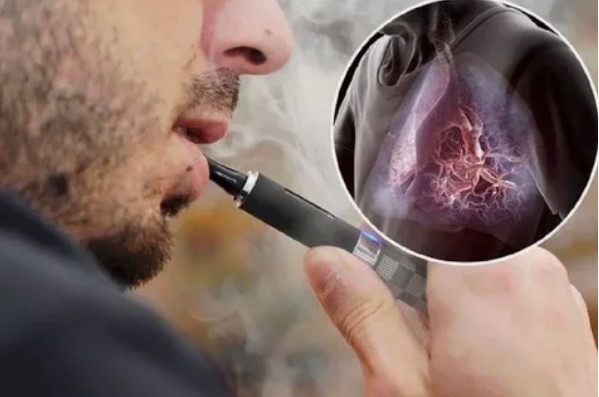
Treatment Options
Medical Treatments
- Hospitalization (For Severe Cases)
- Oxygen therapy (mask or ventilator).
- Corticosteroids (prednisone) to reduce inflammation.
- Antibiotics (If Bacterial Infection is Suspected)
- EVALI often mimics bacterial pneumonia.
- Lung Function Monitoring
- Spirometry tests to track recovery.
Natural & Supportive Therapies
- Quit Vaping Immediately
- Nicotine patches/gum for withdrawal.
- Anti-Inflammatory Diet
- Omega-3s (salmon, chia seeds) reduce lung inflammation.
- Turmeric & ginger—natural anti-inflammatories.
- Breathing Exercises
- Pursed-lip breathing strengthens lung capacity.
- Hydration & Steam Therapy
- Warm steam loosens mucus.
Long-Term Lung Damage Risks
Possible Complications
⚠ Permanent lung scarring (pulmonary fibrosis).
⚠ Chronic bronchitis or COPD.
⚠ Higher susceptibility to respiratory infections.
⚠ Increased risk of lung cancer (from formaldehyde exposure).
Recovery Timeline
- Mild cases: 2-4 weeks after quitting.
- Severe cases: Months to years (some never fully recover).
How to Quit Vaping Safely
Step 1: Recognize the Addiction
- Nicotine withdrawal symptoms:
- Cravings, irritability, headaches.
Step 2: Use FDA-Approved Aids
- Nicotine patches/gum.
- Prescription medications (Chantix, Zyban).
Step 3: Behavioral Support
- Counseling or support groups (Smokefree.gov).
- Replace vaping with exercise or hobbies.
Conclusion
EVALI is a serious, underdiagnosed lung disease linked to vaping. Early recognition and quitting vaping are critical to preventing permanent damage.
Key Takeaways
✔ EVALI symptoms resemble flu/pneumonia—don’t ignore them.
✔ Black-market THC vapes are the biggest risk.
✔ Doctors should screen vapers for lung damage.
✔ Quitting is the best way to protect your lungs.
Final Note
This guide is not medical advice. If you suspect EVALI, see a doctor immediately.
Would you like a printable symptom checklist or cessation plan? Let me know! Read More>>>>

